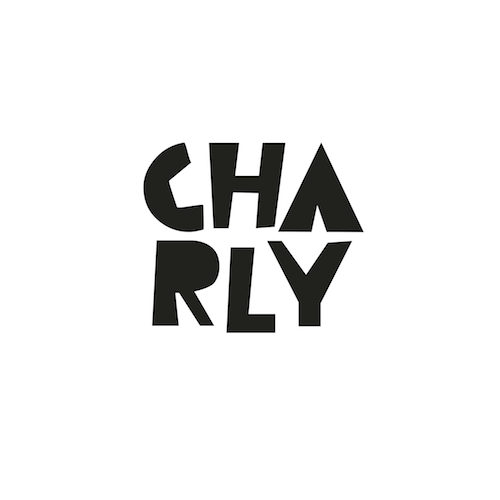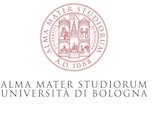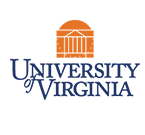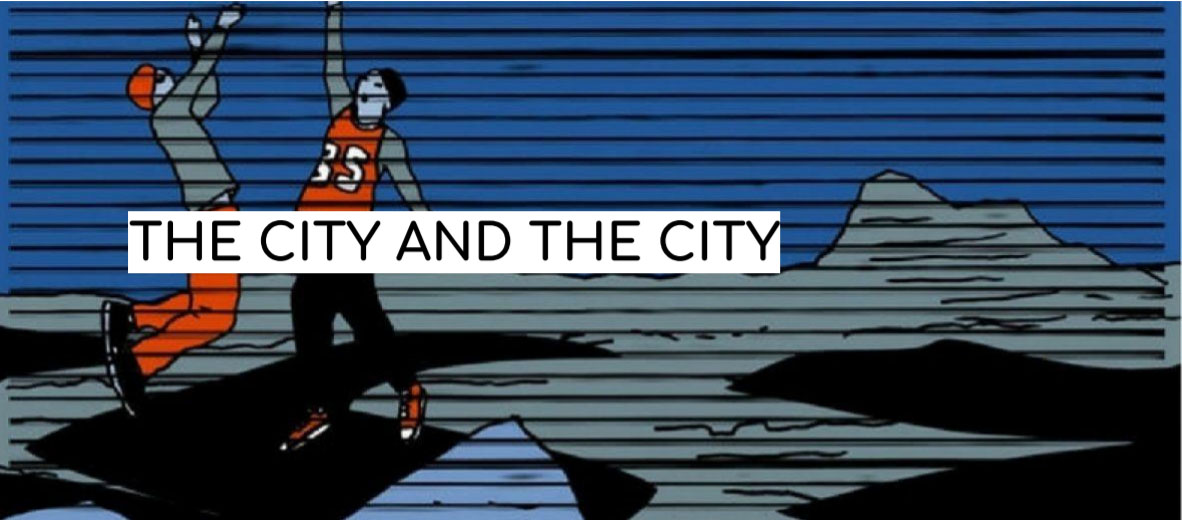|
Open Call (see the form to apply)
- The City And The City
- Bolognina District
- Who We Are
- How We Work
- What We Do
- TCATC is a collaboration between baumhaus and...
- Why The City And The City
- TCATC day by day
Download the full program in Pdf
1. The City And The City
The workshop wants to investigate the narrative of the global suburbs through a path of urban exploration and artistic re-elaboration that will cross the streets of a neighborhood in Bologna.
TCATC aims to build a collective representation of the neighborhood through a series of artistic workshops held by artists and cultural operators of the territory that will accompany the participants in the exploration of the urban context: photography, illustration and serigraphy will be the tools to create a conceptual and artistic exhibition of an alternative urban landscape.
TCATC does not provide a detailed introduction to the socio-demographic and cultural context of the neighborhood in order not to interfere with the process of exploration and creative representation: the participants themselves will have to grasp complexities and contradictions, to build or deconstruct the imaginary of the place, while looking for connections and divergences with the global peripheries. The workshops will be held in parks, art studios, local neighborhood markets and will be covered on social media by the participants themselves.
^back to top
2. Bolognina District
The City and the City will take place in Bolognina, a historic neighborhood located in the Navile District (more than 68,000 inhabitants, 25% of which are foreigners), in the northern part of the city of Bologna.
19% of the city's youth population (0-18) live in the district and 9.8% in the Bolognina district alone.
The migrant youth population residing in the district is 33% (the highest in the city), while the average income of families in the district stands at around € 20,000 per year, the lowest level city.
The Bolognina area is characterized by an increasing urban, cultural, creative and commercial vitality, which implies possibilities, but also contradictions and risks, from a social and political point of view.
^back to top
3. Who We Are
 baumhaus triggers cultural processes aimed at empowering the new generations, it promotes (spaces of) self-determination, it creates knowledge and redistributes opportunities. baumhaus triggers cultural processes aimed at empowering the new generations, it promotes (spaces of) self-determination, it creates knowledge and redistributes opportunities.
baumhaus deals with innovative cultural education, addressing in particular adolescents from Bolognina, a neighborhood at risk of school dropout. baumhaus practices include community organizing and the organization of accessible and experimental cultural events such as BAUM, a free festival lasting three days. Different artistic languages - music, urban arts, illustration, photography, literature - find expression in the close connection with the urban fabric. baumhaus aims at writing new narratives, imaginaries and collective plots.
Since March 2018 baumhaus manages a space dedicated to young people in the Dopolavoro Ferroviario - a park owned by Trenitalia, the primary train operator in Italy, historically built for afterwork activities - that is increasingly becoming a hub for culture and creativity...
^back to top
4. How We Work
OPEN CULTURE
We believe in the transformative power of culture and of its ability to tackle social and economic inequalities. That’s why baumhaus works to make culture accessible, through creative paths and inclusive and open events.
NETWORK
We work with organizations and individuals active in the cultural and social sphere, by creating valuable relationships and by preferring a network approach. Our projects do not start and end with baumhaus, but activate the energies and skills of professionals active in their field of expertise.
COMMUNITY
We start from the territorial rooting in the Bolognina district, we believe that it is necessary to imagine collective solutions that start from the needs of the people who live and inhabit the territories, especially the new generations.
^back to top
5. What We Do
OPEN CULTURE: *accessible creative education *inclusive events *public art practices *independent productions
NETWORK: *value relations with the partners *collective growth *acknowledgment of professional skills
COMMUNITY: *grown locally (with a global perspective) *knowledge of social and cultural needs *community organizing
^back to top
6. TCATC is a collaboration between baumhaus and...
 Michele Lapini is a Bologna-based Italian freelance photographer. He was born in 1983 in Valdarno, Tuscany, exactly midway between Arezzo, Florence and Siena. He studied Development Economics and International Cooperation at the University of Florence and holds a Master’s Degree in Development, Cooperation and Human Rights from the University of Bologna. His photos accompany his deep interest in social, political and environmental questions which characterize the world surrounding him. Now is a freelance photojournalist working for the newspaper La Repubblica in Bologna. He has been published in international and national magazines including Internazionale, The Guardian, Vice, Corriere della Sera, Repubblica, and more. Michele Lapini is a Bologna-based Italian freelance photographer. He was born in 1983 in Valdarno, Tuscany, exactly midway between Arezzo, Florence and Siena. He studied Development Economics and International Cooperation at the University of Florence and holds a Master’s Degree in Development, Cooperation and Human Rights from the University of Bologna. His photos accompany his deep interest in social, political and environmental questions which characterize the world surrounding him. Now is a freelance photojournalist working for the newspaper La Repubblica in Bologna. He has been published in international and national magazines including Internazionale, The Guardian, Vice, Corriere della Sera, Repubblica, and more.
 Checkpoint Charly, a shared artistic laboratory born within the walls of a former warehouse. Charly is made of a heterogeneous group of 30 artists (painters, illustrators, cartoonists, engravers, printers, photographers, sculptors) united by the primary need to find spaces for research, expression and sharing. Charly is a project where the city and its inhabitants can encounter and collaborate with the artists who live there, experiencing relationships with a high degree of understanding and usability Checkpoint Charly, a shared artistic laboratory born within the walls of a former warehouse. Charly is made of a heterogeneous group of 30 artists (painters, illustrators, cartoonists, engravers, printers, photographers, sculptors) united by the primary need to find spaces for research, expression and sharing. Charly is a project where the city and its inhabitants can encounter and collaborate with the artists who live there, experiencing relationships with a high degree of understanding and usability
^back to top
7. Why The City And The City
The City & the City is a novel by weird-fiction author Chian Miéville, it takes place in the fictional European cities of Besźel and Ul Qoma. These two cities actually occupy much of the same geographical space, but via the volition of their citizens (and the threat of the secret power known as Breach), they are perceived as two different cities. A denizen of one city must dutifully "unsee" (that is, consciously erase from their mind or fade into the background) the denizens, buildings, and events taking place in the other city – even if they are an inch away. Residents of the cities are taught from childhood to recognise things belonging to the other city without actually seeing them. Ignoring the separation, even by accident, is called "breaching" – a terrible crime for the citizens of the two cities, even worse than murder.
“He walked with equipoise, possibly in either city. Schrödinger’s pedestrian.”
^back to top
8. TCATC day by day
1st meeting/25 june 2019
Introduction to the workshop’s methodology and tools: Urban exploration and ethnographic photography A first approach to the neighborhood: the objective is to decontextualize it from the urban context in order to establish an awareness of the area only through the observation of certain places and their location within the hood. We will distribute old photographs of the neighborhood and we will walk by the places portrayed, trying to identify where those photos were taken. We will then take another picture of the present time, in order to document urban transformations. In this first exploration, priority will be given to the temporal level (before/after), but we will also begin to develop a comparison between here and elsewhere, looking for references to distant imaginaries. This meeting will also be dedicated to the creation of an Instagram account of the laboratory, to which all participants will have access, as a repository for documentation, communication and archive.
2nd meeting/26 june 2019
Urban exploration workshop and ethnographic photography. The second meeting will cross the most significant places in the neighborhood, from a social, sociological and anthropological point of view. A walk around the contradictions but also the harmonies of the hood, documenting them through photography, thus creating a personal and intimate vision. The objective is to create imaginary bridges with other places in the world and/or to establish a web of cultural references (movies, music or books). The goal is to re-create a personal vision of the neighborhood through photographs, trying to highlight the elements that most affect the participants and that characterize the urban environment.
3rd meeting/27 june 2019
Urban debrief: connections, divergences and contaminations between global imaginaries. The third meeting will be dedicated to the connection between the two modules of the course: the one dedicated to photography and the next artistic one. baumhaus will provide the "missing" information on the neighborhood, contextualizing it in the urban fabric and illustrating its current development from a social, political and architectural point of view. Participants will be asked to write down what they have observed so far and to explain the cultural and visual associations they have identified during the first workshop dedicated to urban photography.
4th meeting/2 july 2019
Urban exploration workshop and ethnographic photography. The second week of THE CITY AND THE CITY will be dedicated to the creative reworking of the materials collected during the urban exploration process. The photographs taken during the first two meetings will be enlarged and printed in A3 format and will be used as the basis and inspiration for the screen printing workshop. The participants, divided into three groups (approximately five people per group) will have to trace, on a semi-transparent sheet of paper, a detail of one of the photos of their choice (for example a building), creating a simple shape. Alternatively they can freely invent a shape (for example a writing, a symbol, etc.).
5th meeting/3 july 2019
Urban re-creation workshop: landscaping through serigraphy The figures will be cut out and printed in serigraphy on a plate (A3 format) of transparent synthetic glass, with a color chosen from those available (one shape per plate). Each group will be guided in the composition and in the choice of the shapes by the teachers of the workshop. They will create a landscape divided into 5 transparent levels, that, once overlapped, will create a single image, with a sense of depth and vision of the neighborhood. The fourth and fifth meetings will be held at Checkpoint Charly, a shared artistic laboratory in the neighborhood.
Final meeting/4 july 2019
Urban party and exhibit: public event aimed at presenting the exploration and artistic re-creation route. The last meeting will be dedicated to the presentation of the output of the workshops in a public event dedicated to the participants of the summer school and to all citizens. During the final exhibition the plates will be mounted, overlapped in three wooden frames, in order to show the complete landscapes of the three groups. The frames will be designed in such a way as to leave the freedom to remove or add the individual levels, interacting with the figure. By removing or adding the various levels different compositions will be formed, by removing all the levels the landscape will return to a primitive condition of "urban emptiness". The interactive frames, the different photos taken and the objects collected during the meetings will be exhibited on a light display, built ad hoc and transportable for subsequent exhibitions.
^back to top
|





 baumhaus
baumhaus Michele Lapini
Michele Lapini